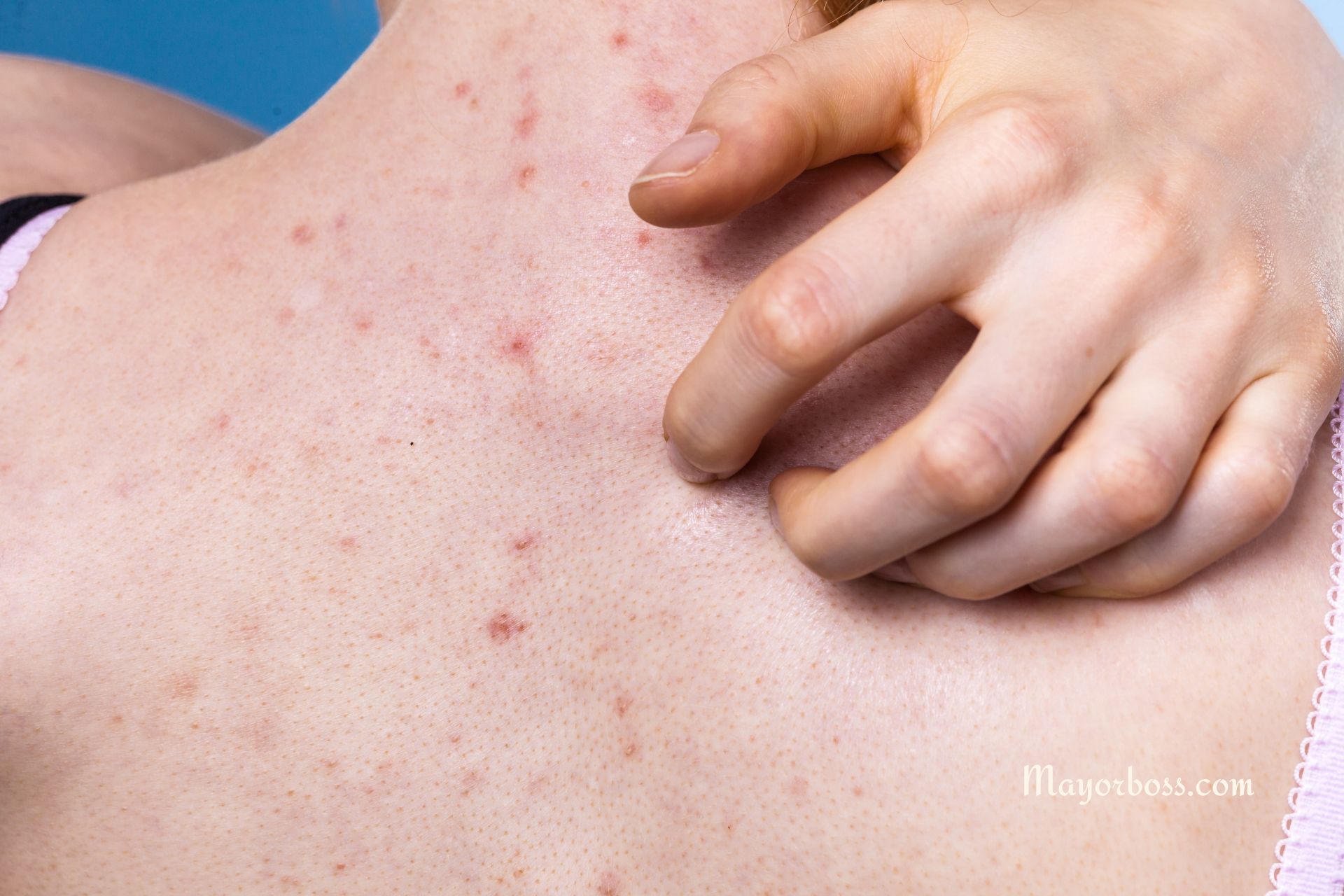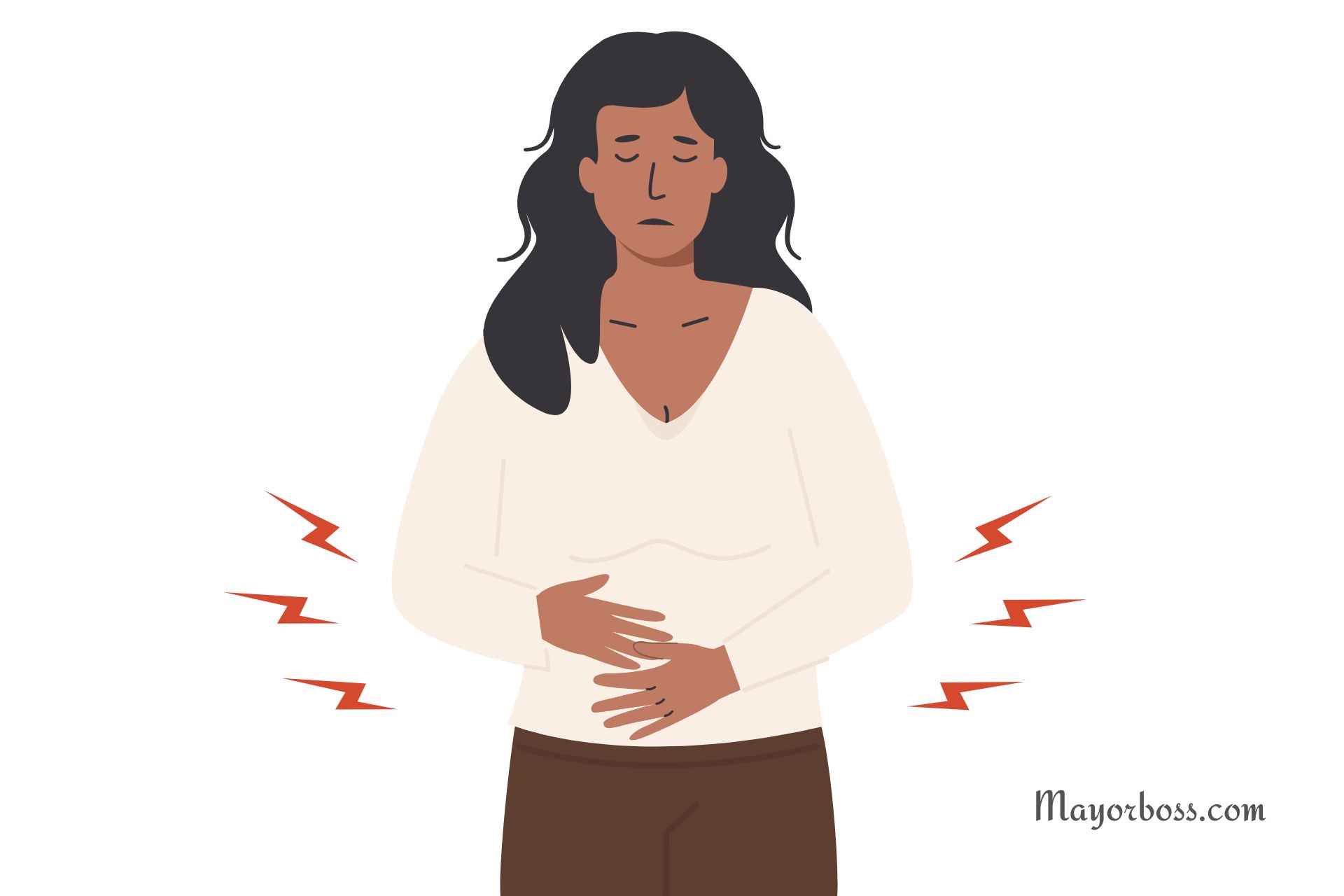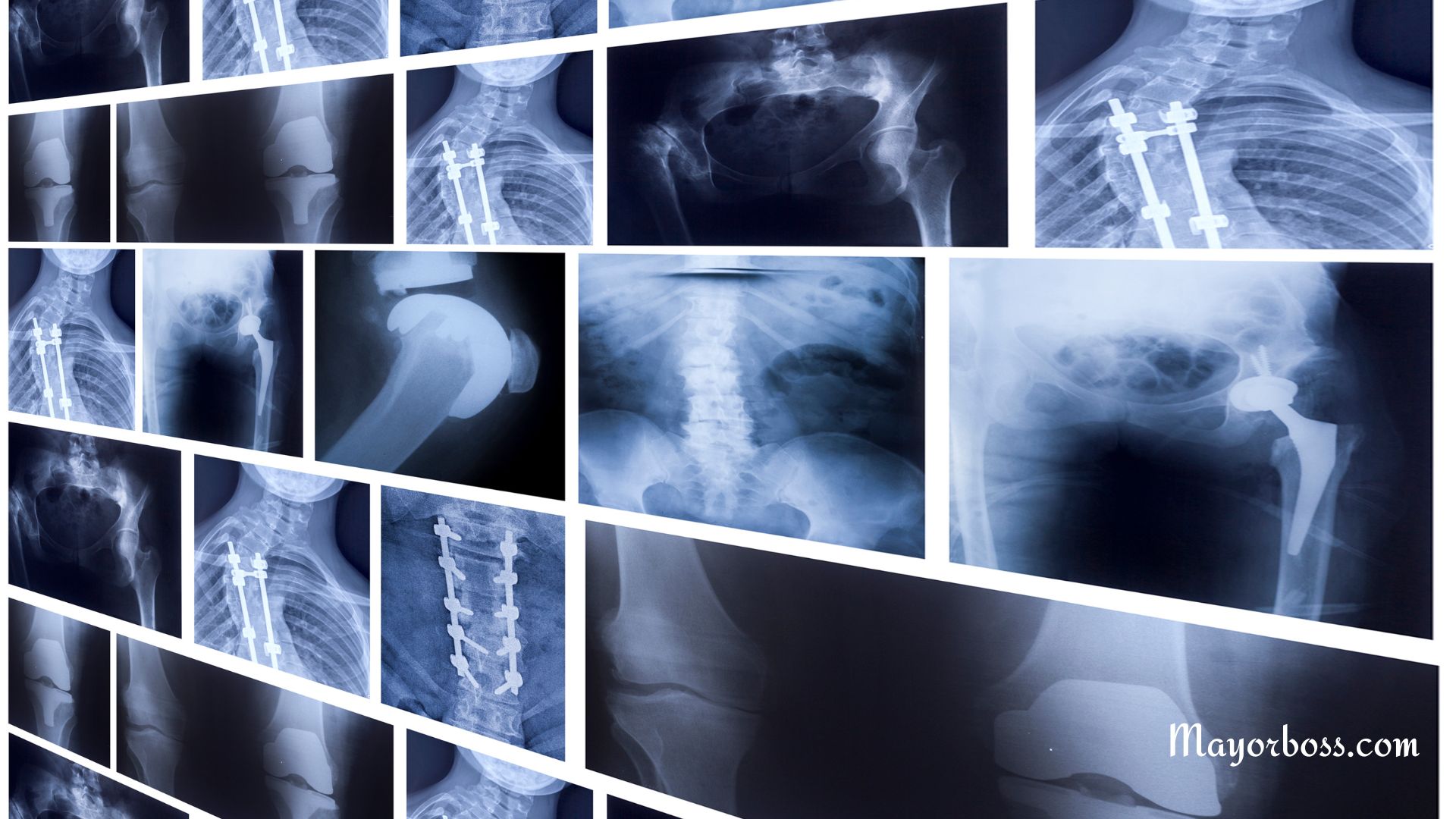7 Warning Signs of Your Skin That You Shouldn’t Ignore
Your skin, the body’s largest organ, often serves as a window to your overall health. Sometimes, subtle changes can signal deeper health issues. It’s crucial to pay attention to these signals. Here are seven warning signs on your skin that you should never overlook.

1. Persistent Redness
If you notice an area of your skin that stays red and doesn’t seem to go away, it might be more than just a simple rash. Persistent redness could indicate inflammation, infection, or even an autoimmune condition like psoriasis. Especially if the redness is accompanied by other symptoms like itching or pain, it’s wise to consult a healthcare provider.
2. Unusual Moles or Freckles
Keep an eye on moles or freckles that change in size, shape, or color. This change could be a sign of melanoma, a serious form of skin cancer. The key here is to look for moles that seem to stand out or evolve differently compared to others—sometimes described as the ‘ugly duckling’ sign. Regular skin checks can be lifesaving.
3. Sudden Swelling
Swelling or puffiness without a clear reason could be a sign of an allergic reaction or even an infection. If swelling occurs rapidly, particularly around the eyes or lips, you might be dealing with something like angioedema, which can be serious if it affects breathing. Immediate medical attention is recommended in these cases.
4. Dry, Itchy Skin
Severely dry and itchy skin might just seem like a severe case of dry weather impact, but if moisturizers don’t seem to help, it could be eczema or another skin condition. Persistent dryness and itchiness, particularly if it affects your daily life or sleep, should be evaluated by a professional.
5. Changes in Skin Texture
Noticeable changes in the texture of your skin, such as thickening or hardening, especially in localized areas, can be a sign of many different health issues. This includes scleroderma, a chronic autoimmune disease that affects the skin. It’s particularly important to address these changes early to manage potential complications.
6. Persistent Sores
Sores that don’t heal or that keep returning in the same spot can be a red flag. Non-healing sores could indicate an infection, a chronic inflammatory condition, or even skin cancer. It’s crucial to have persistent sores checked, especially if they’re painful or oozing.
7. Yellowish Skin Tone
A yellowish tint to your skin or the whites of your eyes could indicate jaundice, often related to liver problems. This discoloration can sometimes be subtle at first. If you notice any yellowing, it’s important to seek a medical evaluation to check your liver function and related health issues.
These signs are your skin’s way of alerting you that something might not be quite right inside your body. Paying attention to these indications can lead to early intervention and treatment. Think about it another way: your skin is like a dashboard that lights up when there’s something under the hood that needs attention. Don’t ignore these signals.
Frequently Asked Questions
Q1: How often should I check my skin for changes?
You should check your skin once a month for any new or changing lesions. Use a mirror to view hard-to-see areas and keep track of the size, shape, and color of your moles and freckles.
Q2: When should I see a doctor about a skin issue?
You should consult a healthcare provider if you notice any of the warning signs mentioned above or if any skin changes persist for more than a few weeks.
Q3: Can dietary changes affect my skin health?
Absolutely. A balanced diet rich in antioxidants and hydration can significantly improve your skin’s health. Conversely, poor dietary choices can exacerbate skin problems. If you notice skin issues, consider whether your diet could be a factor.






